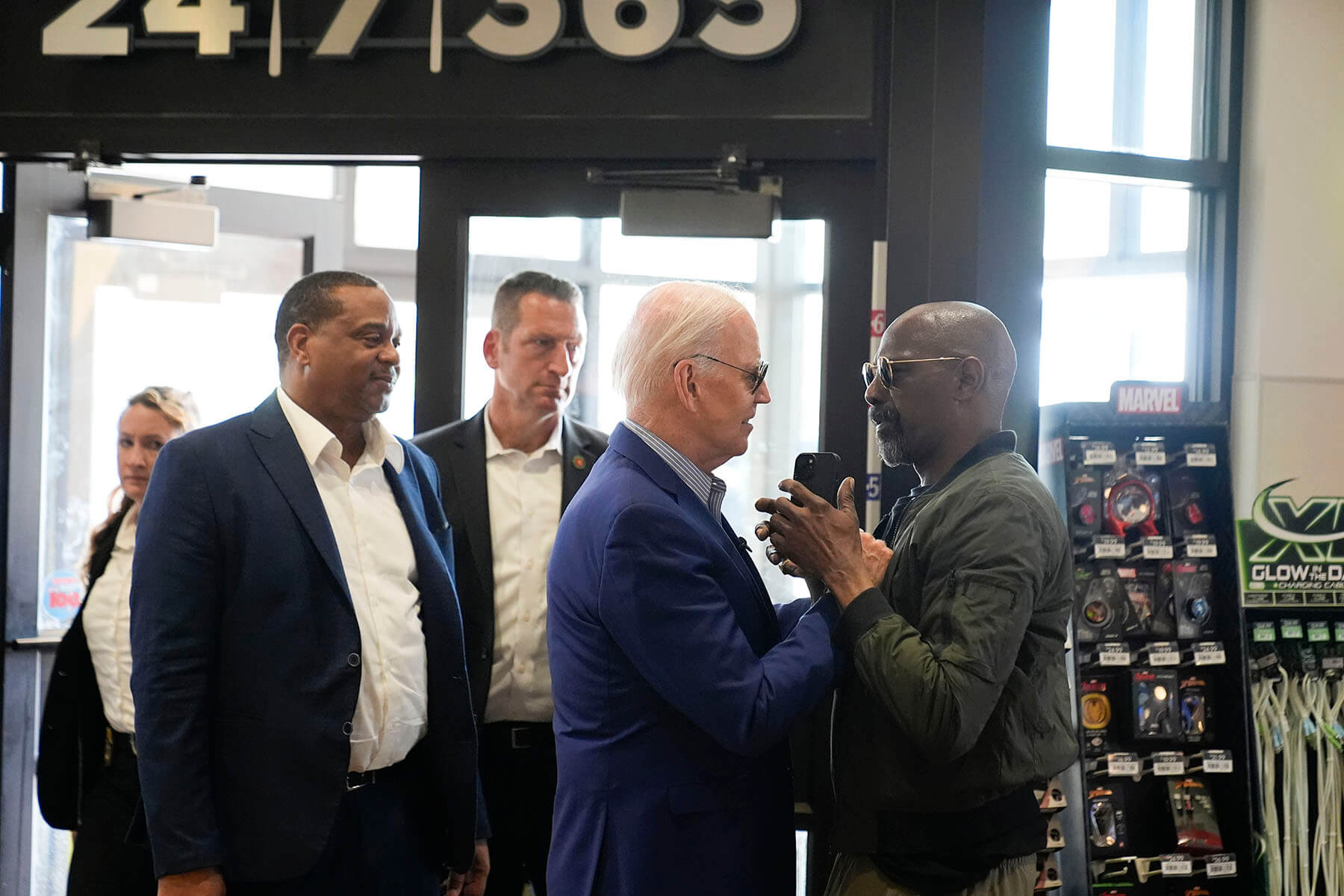“I don’t read newspapers,” I told a newspaper editor over dinner recently.
“I read news,” I hastened to add. “I just get it all online.”
“Aren’t you missing things?” he wanted to know.
You bet. In the days when I read the print edition of The New York Times, I always knew that somewhere between the front page and the last one, I would come across something that enriched me. I know that I’m missing out on some of that page-turning serendipity now that I consume the Times on my computer.
But what I may lose lose in depth, I think I’ve made up for in breadth. Abandoning print for pixels provides me with a cornucopia of news and information just a few mouse clicks away.
I may not read “newspapers,” but I read reams of newsprint, in pixelated form, every day: my hometown paper, the St. Petersburg Times; the Los Angeles Times, The Washington Post, The Boston Globe, the Dallas Morning News, The Wall Street Journal. Add to that an irregular cast of regional and local newspapers.
I also “read” broadcast news as well on my computer, whether it’s the networks, BBC or National Public Radio. I watch some, on the networks and cable channels. I also get information from news magazines online, as well as feeds from blogs, that burgeoning citizen-corps of providers.
I’m not your grandfather’s — or father’s for that matter — subscriber anymore. In the morning, I don’t consume a newspaper paper along with my oatmeal and multi-vitamin. At day’s end I don’t settle back in my armchair with a glass of Scotch for a leisurely session with the events of the day; I’m more likely to unwind with a rerun of “Malcolm in the Middle.”
Still, if a meter tracked my online consumption, most news companies would claim me as a loyal customer, if not, with the exception of The Wall Street Journal online edition, a paying one.
I’ve never tallied it, but between the time I get out of bed in the morning and start cycling through the news links on my homepage to my last computer check before the lights go out, I’d estimate I spend several hours staring at screens (desktop, TV, laptop, mobile phone) or listening on my car radio or desktop speakers, or watching news on television.
When I consume news the old-fashioned way, I can’t help think of another news delivery technology, one that captured the nation’s imagination more than 140 years ago. Between April 1860 and October 1861, wiry men on horseback galloped across the American frontier, delivering mail and news between St. Joseph, Mo. and San Francisco. Fastest delivery claimed by Pony Express, an Americanwest.com page of factoids reports: 7 hours and 7 days between telegraph lines to relay Abraham Lincoln’s inaugural address.
Shadowing the intrepid riders at every stop, however, was another emerging technology, poles carrying telegraph wires that would soon connect the nation, and doom that adventurous start-up.
As Jerry Ellis recounted in “Bareback: One Man’s Journey Along the Pony Express Trail,” (Delacorte Press, 1993) “Americans got so used to getting the mail across the country in 10 days on the Pony Express that they wanted to get it faster and faster.” Prodded by Congress, which offered a 10-year annual subsidy of $40,000 to the company that connected East and West by “talking wires,” construction crews, planting 25 poles per mile, raced from opposite ends of the country.
“The death of the Pony Express was delivered by the Pony riders themselves,” Ellis noted, “racing past the wires and crews stretching them, for they brought news of just how far the telegraph rivals had progressed each week.”
Today’s news is “written” and consumed in a variety of ways: ink on paper, but also encoded with still and moving images, audio, animation.
As a consumer I’m getting news the way I want it, even though, as I acknowledged more than three years ago, I pay a price for my virtual autonomy. Yes, as a professional observer I probably should be devoting more time to newsprint. And I’ve resolved to do just that.
But as the media changes, I’m also trying to keep up not just with the ponies, but with this century’s version of the “lightning wires” that are replacing them.
Uncategorized
Print to Pixels: Confessions of a News Consumer
More News
Opinion | Press Forward open call puts underrepresented communities first
Push focuses on bridging significant gaps in local news coverage
April 30, 2024
Shut Out: A guide to help the owner — the public — have access to open records
Part Two of a report from a Poynter ethics symposium explores increasing public records denials and how journalists can push back
April 30, 2024
Opinion | Right-wing network retracts story involving Donald Trump-Stormy Daniels affair
The OAN story said it was Michael Cohen, not the ex-president, who had an affair with the porn star. Cohen settled for an apology.
April 30, 2024
No, President Biden was not ignored by people at a Pittsburgh-area gas station
Fox News host Sean Hannity said in.a Facebook post that Biden got the cold shoulder from customers and workers at a Sheetz location
April 30, 2024
Shut Out: When sources won’t engage with journalists
Part One of a report from a Poynter ethics symposium explores dynamic of more sources refusing to engage with the press
April 29, 2024






